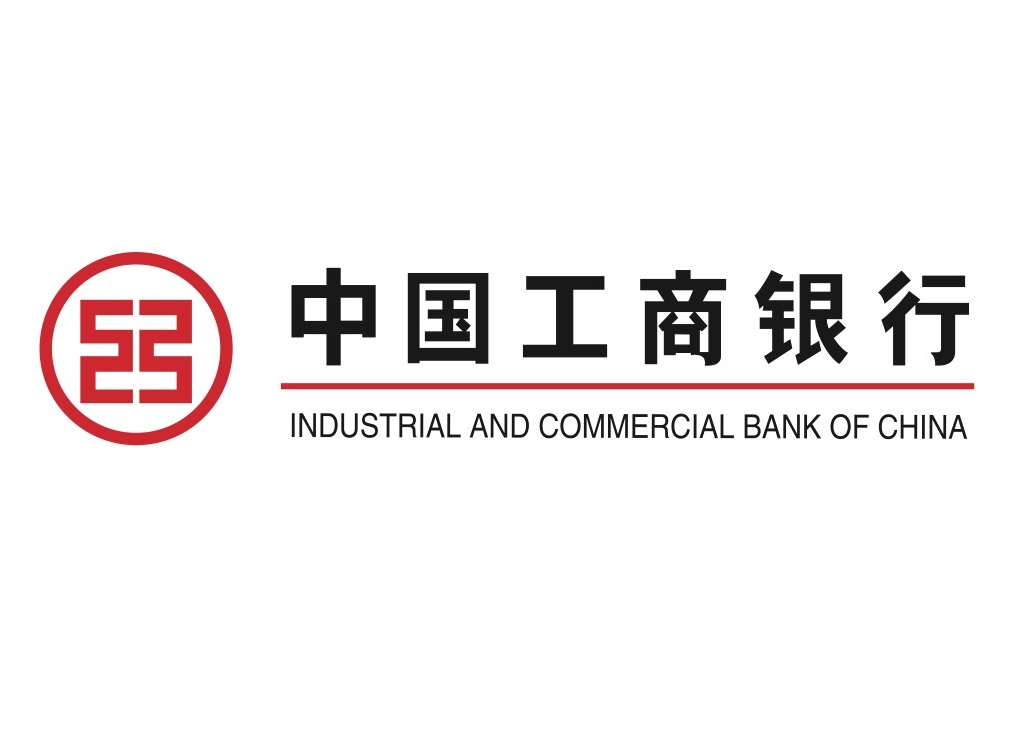In the spring of 2004, China’s largest commercial bank struck a deal with Credit Suisse First Boston, CITIC Securities and China Credit Trust to securitize a portfolio of RMB2.6 billion ($322 million) in non-performing loans.
The loans originated by the Industrial & Commercial Bank of China’s Ningbo branch.
It was a ground breaking deal in terms of the protections offered to investors, said Ruoyu Jiang, vice president of CSFB’s strategic transactions group. “Before the [Industrial & Commercial Bank of China] securitization, there had not been a true securitization in China,” he said.
He said, this project has set a benchmark for the overall securitization market in China and its success has encouraged the recent development of the market.
According to Jiang, what makes a real securitization is the degree to which the issuer will guaranty the ultimate principal and interest payment, so there is no ultimate shift of risk to investors.
“It’s an application of the special purpose vehicle concept,” Jiang said. However, it wasn’t possible until China issued its Trust Law in 2001.
In the Industrial & Commercial Bank of China project, CSFB was named as the sole financial advisor and structuring agent. Its role included developing the securitization structure, completing a detailed due diligence review and getting ratings from China’s domestic rating agencies.
According to Jiang, the Resolution Trust Corp. is known for similar projects in the U.S., where it has used this structure to securitize many non-performing loans. Globally, $23 billion of non-performing loans have been securitized, according to CSFB. To date, such securitizations have been completed in Italy, Japan, Korea, as well as the U.S.
Though some critics claim that the ICBC deal was not a true securitization because it was a private offering, Jiang insisted that it was the real thing.
“It fulfills the requirements of securitization and effectively insulates risks between the originator and the ultimate investors,” Jiang said.
China Credit Trust, which served as the special purpose trust in the transaction, actively participated in structuring the project to ensure that it met the requirements of the domestic market.
“CSFB is not familiar with the domestic trust model, ” said Haifei Xiao, a senior manager at China Credit Trust. “That’s where we came in.” According to Xiao, China Credit Trust provided advice to CSFB on the domestic trading environment.
The non-performing loan package was composed of RMB2.6 billion in principal and RMB600 million RMB in interest, totaling RMB3.2 billion. A RMB800 million trust was set up, with Industrial & Commercial Bank of China being the self-beneficiary.
The bank retained a portion of the rights to the underlying assets, so that if the values increased, the bank would enjoy the benefits. Prior to this deal, bad debts were sold to investors outright at a discount so that banks could get them off their books.
The issue of non-performing loans is a huge problem facing China’s financial industry, and threatens to cripple some banks’ IPO plans. In the Industrial & Commercial Bank of China deal, the bank would issue a bond backed by proceeds from the recovery of the loans. If the loans perform better than expected, the bank would pocket the difference.
At the ceremony held for the signing between the two, CSFB Chairman and CEO of Asia Pacific Paul Calello said the transaction provided evidence of ICBC’s strong commitment to pursuing all possible methods to address its non-performing loan portfolio in the most efficient and timely manner possible.
“Actually, many foreign companies have already actively participated in [the non-performing loan] market for quite a long time,” noted Chuanghua Jin, a lawyer at Shanghai-based law firm Longan. “However, CSFB is the first trying a new method here and leading the trend.”
CSFB has experience with securitization projects in the U.S., Korea, Japan and other countries, Jiang added.
By comparison to those countries, China still has a ways to go, he said. For example, the fixed-income market here is still limited to government treasuries and bond issues from a very small number of large enterprises. In addition, investors are not familiar with these products and unfamiliarity can limit demand, Jiang said.
Despite these disadvantages, China’s securitization market potential is significant. “China’s potential cannot be overlooked,” he said. “That’s why CSFB is in this market.”
“We believe that our experience in this transaction, as well as similar transactions around the world, provide valuable experience for our team,” Said Jiang. “We will consider any types of cooperation that creates synergy and helps us grow our business in China.”
CSFB’s involvement in China actually dates back to 1957, when the firm set up a correspondent banking relationship with the Bank of China. It was also the first Swiss bank to open a representative office in Beijing in 1985.
(Wendy Yu contributed to this report.)

